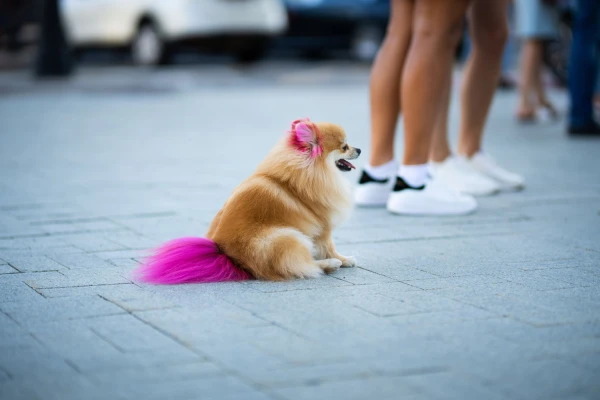
Can you dye a poodle with Easter egg dye and how to distinguish a fashionable trend from an irresponsible experiment? Specialists Yulia Fedotova, Oksana Terentieva, and Ekaterina Golovishina discussed where the line is drawn between art, self-expression, and ethics towards animals.
What is creative grooming?
Creative grooming is far more than just bright dye on a dog's fur, says Yulia Fedotova, a certified master of OPAWZ Global Group. “It includes cutting patterns, unusual haircuts, feathers, and glitter tattoos. It doesn’t have to be extreme — sometimes it’s just a strand, a bright spot, or curling the fur of long-haired dogs,” she notes.
This trend in pet care emerged in the 1970s when an American groomer first organized a competition for unusual haircuts.
Today, creative grooming has become a real trend in many countries around the world.
Why do owners choose bright looks for their dogs?
For the vast majority of owners, it is a way to highlight the uniqueness of their pet: to make the dog stand out and attract the attention of passersby. Dogs also enjoy it, admits Yulia Fedotova. “Creativity helps emphasize individuality,” she explains.
Groomers have noticed that pets receive more attention from others after visiting the salon: more treats, hugs, and praise.
Ekaterina Golovishina, a certified groomer, confirms: “When my dog had her ears dyed once, she literally basked in attention.”
Is it safe for animals?
With the right approach to choosing dye for coloring animals' fur, the procedure is completely safe for the pet, experts note.
Oksana Terentieva, a pharmacologist-technologist, says that only specialized dyes for cats and dogs should be used in creative grooming, paying attention to the species for which they are intended.
“Modern dyes are food colorants, even designed for cats that lick themselves, and the pigments remain in the fur but do not change its structure. They contain no ammonia. Such products are safe because they are used in the food industry,” she explains.
As an example, the expert mentions the preparation of borscht at home. “Beets are a natural dye that stays on your hands when you cook the dish. But nothing happens to you: wash your hands three times, and it all comes off. Such dyes do not penetrate deep into the skin,” adds Oksana Terentieva.
Experts emphasize that at one time, creative groomers around the world even launched a challenge on social media to eat food dyes for dogs. No groomer was harmed during the experiment.
The main rule is to use trusted brands and certified cosmetics. When purchasing new brands, first check for allergic reactions in humans, and then in animals, by applying a small amount of pigment. This procedure should only be done on healthy dogs.
Easter dyes and dogs: should you soak your pet like an egg?
The most lively part of the discussion revolved around the question of whether food dyes for Easter eggs can be used to color animals. Yulia Fedotova notes that it can be tried, but why, if there are specialized dyes available.
“I don’t quite understand how to technically do this — to soak a dog like a boiled egg in a basin of dye,” says Ekaterina Golovishina.
Oksana Terentieva clarifies: “Food colorants are the same pigments as in professional dyes, but it is important to understand the concentration and method of application. Of course, no one will soak a dog, but the idea of using food pigments is not absurd overall.”
So, as experts joke, “to soak a dog like an egg” is more of a metaphor than an instruction for action.

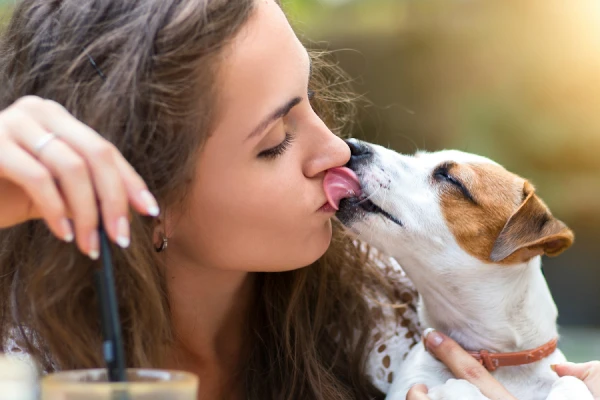
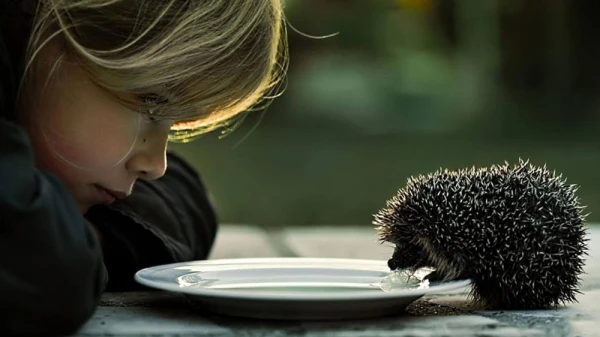

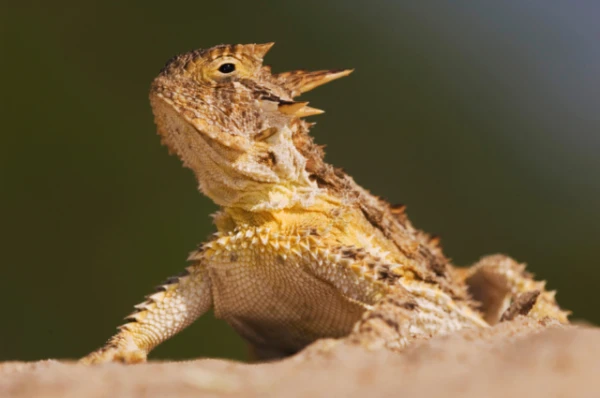
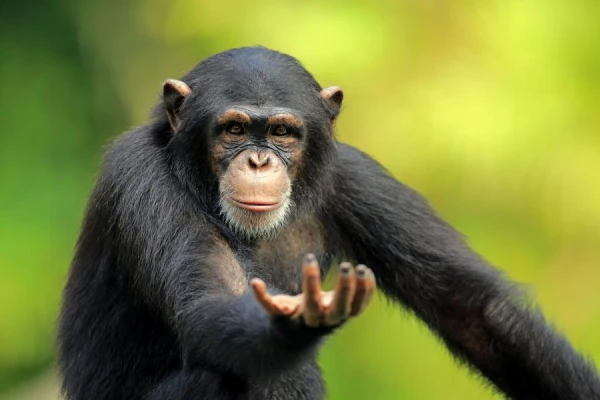

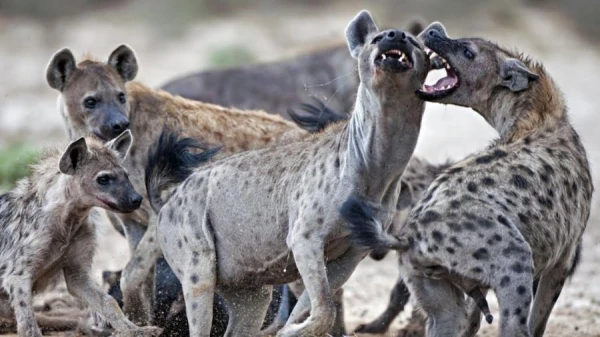
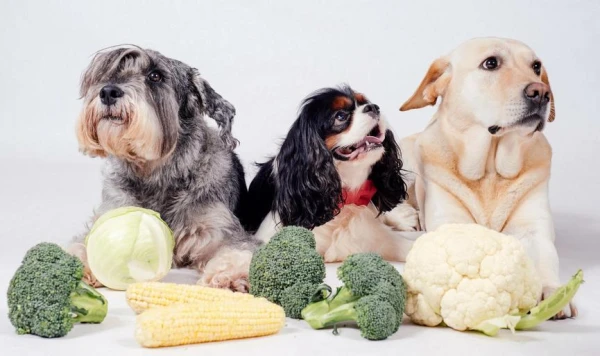




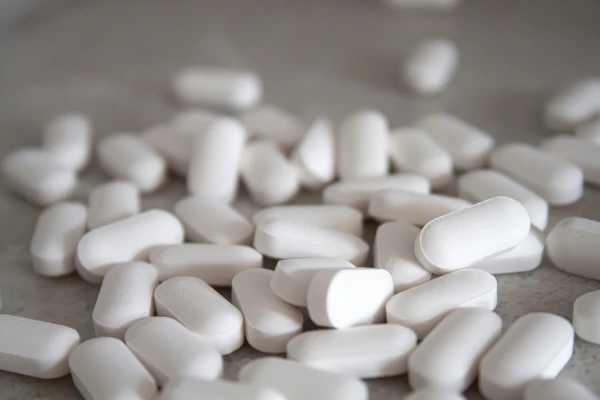

Leave a comment